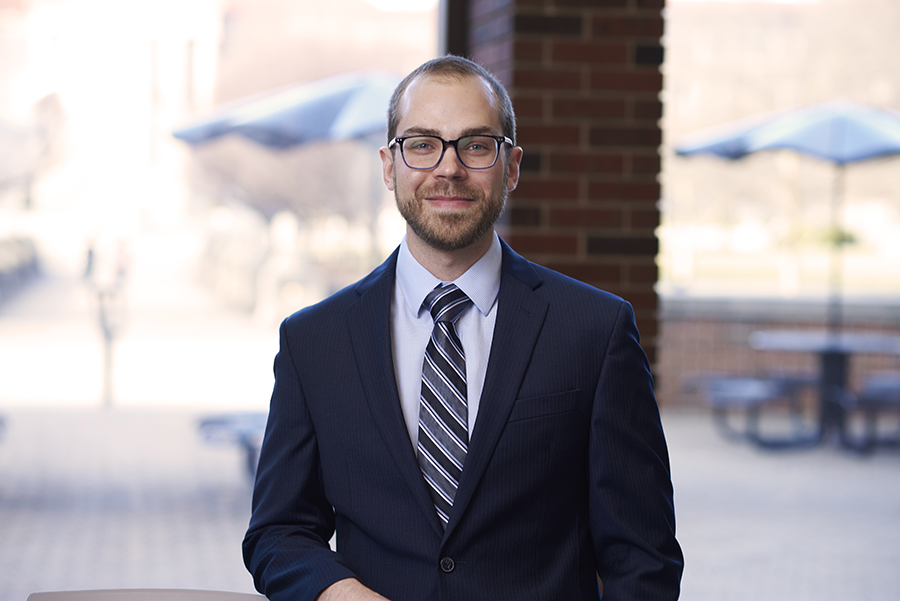Purdue Prof. Thomas Roth wins three Young Scientist Awards

Thomas Roth, assistant professor in Purdue University’s Elmore Family School of Electrical and Computer Engineering, has been honored with Young Scientist Awards at two different gatherings, PIERS (Photonics & Electromagnetics Research Symposium) 2023 in Prague, and URSI EMTS (International Symposium on Electromagnetic Theory) 2023 in Vancouver.
At PIERS 2023, Roth was selected for a Young Scientist Award by the “Computational Electromagnetics, Electromagnetic Compatibility, Scattering and Electromagnetic Theory” sub-committee for his paper titled “Hybrid Maxwell-Schrödinger modeling of a fluxonium qubit capacitively coupled to a transmission line network”. To be eligible for the PIERS YSA, applicants must have a PhD in science/engineering and be less than 40 years of age by the conference date. Applicants must be listed as the first author as well as the presenting author of a paper submitted for oral presentation.
Roth was selected for two honors at URSI EMTS 2023 - a Young Scientist Award for his paper titled “Hybrid 1D Maxwell-Schrödinger modeling of dispersive regime effects of a transmon qubit,” and “First Prize – URSI Young Scientist Best Paper Award” for the poster competition among all young scientist awardees.
“It is a great honor to receive these awards to recognize the accomplishments of my team’s recent efforts,” said Roth. “I look forward to expanding these methods with my students, particularly to model multi-qubit interactions so we can characterize quantum entanglement and deleterious quantum crosstalk effects in our framework.”
The methods presented in these works are meant to address the severe efficiency limitations of existing numerical modeling methods used to design the qubit state control and readout functions of superconducting quantum computers. Since both of these functions are handled with classical electromagnetic fields, the team formulated a self-consistent modeling method to analyze the dynamics of these classical fields coupled to superconducting qubits rather than using a full quantum electrodynamics picture like the conventional approach. By explicitly separating the classical and quantum effects, these numerical methods are able to be more robust and efficient, while still capturing the needed accuracy to characterize the effects of interest. In the future, these methods can be used to improve the speed and fidelity of qubit state control and readout to help push these systems toward error-correctable operation.
PIERS 2023 is set for July 3-6 in Prague. URSI EMTS 2023 took place May 23-26 at The University of British Columbia in Vancouver.
